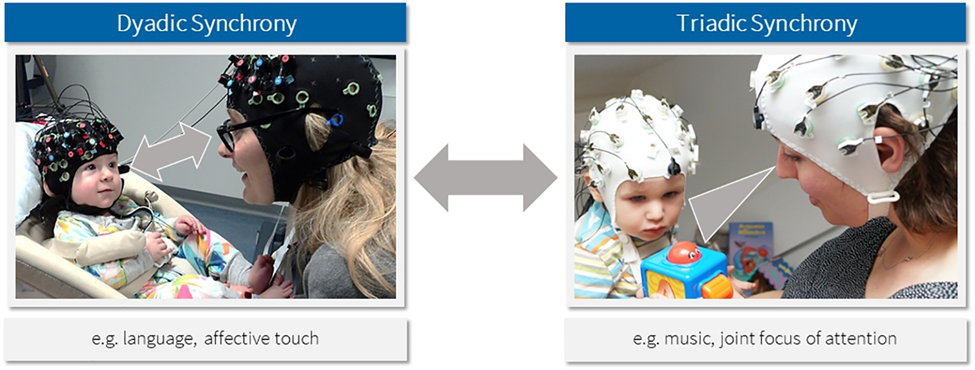Chapter 9 Page 230
See What I'm Saying
Author: Lawrence D. Rosenblum
Interpersonal synchrony is when two people interact and tend to mirror
what the other is doing in terms of their facial and body movements (emotions and behaviors). A good example of this
is when we are playing with infants or young children. They often start to
mimic the parent and do what they are doing. It is part of the bonding parents
have with their children. The children learn from them and also can begin to
act like their parents in certain ways.
Simple things such as
touching or singing to a child becomes a form of interpersonal synchrony
between infants and their caregivers. These interactions are important for
early childhood development. This allows children to understand themselves and
others. When we are interacting with children, we often do so through the use of
expressions. The children then mimic these expressions and learn how to use
them in different situations. This does not always have to do with playful
interactions. Interactions of any sort can develop into interpersonal
synchrony. For example, When the young child does something they are not
supposed to, they see the parent has an angry facial expression and over time
they learn that that is the expression to use when you are upset. They then
begin to use the same expressions when they feel similar emotions and so on.
https://www.frontiersin.org/articles/10.3389/fpsyg.2019.02078/full#:~:text=Specifically%2C%20interpersonal%20coordination%20%E2%80%93%20also%20referred,social%20exchanges%20in%20early%20development.

Hi Kimberly! Your post is very informative! It is impressive to see how this allows children to understand themselves and others simply though mimicing their parents expressiosns!
ReplyDelete